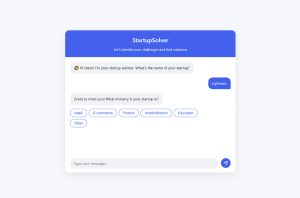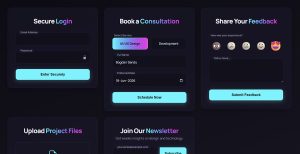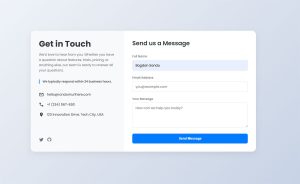Plugins slow down your site, create security vulnerabilities, and limit customization options. Learning how to create registration forms in WordPress without a plugin gives you complete control over user registration…
What Is Conditional Logic in WordPress Forms
Your forms ask the same questions to everyone, even when half of them don’t apply. That’s where conditional logic changes everything. Conditional logic is the decision-making mechanism that shows or…
What are Conversational Forms?
Your website form is losing half its visitors before they hit submit. Traditional layouts overwhelm users with endless fields, triggering abandonment the moment they see the full scope of effort…
The Various Form Fields That Any Designer Should Know
Bad forms kill conversions faster than slow loading times. Every designer has seen it – users abandon checkout flows, bounce from registration pages, and skip contact forms entirely because the…
HTML Form Best Practices for Better User Experience
Forms drive conversions, but most fail spectacularly. Poor form design kills user engagement faster than slow loading pages. HTML form best practices separate successful websites from digital graveyards. Users abandon…
Form Accessibility Best Practices for Inclusive Design
Over 15% of the global population lives with some form of disability, yet most web forms remain barriers rather than bridges to digital experiences. Form accessibility best practices aren’t just…
Landing Page Form Best Practices for Higher Conversions
Your landing page form could be the difference between a visitor and a customer. Yet 67% of users abandon forms before completing them. Landing page form best practices aren’t just…
Best Practices for Creating Feedback Forms
Your customers are talking. The question is: are you listening effectively? Feedback forms serve as the bridge between customer thoughts and business improvement. Yet most organizations struggle with poor response…










